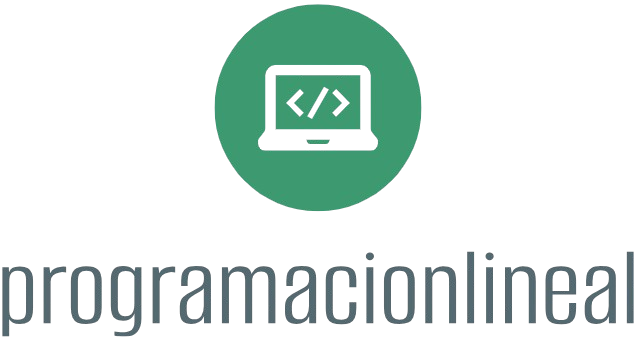Data science is a multidisciplinary field that combines statistics, computer science, and domain expertise to extract insights from data. Python is one of the most popular languages for data science due to its simplicity and rich ecosystem of libraries. Here’s a step-by-step guide to becoming a data scientist with Python:
1. Learn the Basics of Python
- Core Python Skills: Start with understanding Python’s syntax, data types, control structures, and functions.
- Resources:
- Python.org Documentation
- Automate the Boring Stuff with Python
- Codecademy’s Python Course
2. Master Key Python Libraries for Data Science
- NumPy: For numerical operations and handling arrays.
- NumPy Documentation
- Pandas: For data manipulation and analysis, including DataFrames and Series.
- Pandas Documentation
- Matplotlib and Seaborn: For data visualization and plotting.
- Matplotlib Documentation
- Seaborn Documentation
- Scikit-Learn: For implementing machine learning algorithms and models.
- Scikit-Learn Documentation
- SciPy: For scientific computing and advanced mathematical functions.
- SciPy Documentation
- TensorFlow or PyTorch: For deep learning and neural networks.
- TensorFlow Documentation
- PyTorch Documentation
3. Understand Data Science Fundamentals
- Statistics and Probability: Basics of statistical analysis, distributions, hypothesis testing, and probability.
- Data Cleaning and Preparation: Techniques for handling missing data, outliers, and data transformation.
- Resources:
- Data Cleaning in Python – Real Python
- Pandas Documentation on Data Cleaning
- Resources:
- Exploratory Data Analysis (EDA): Techniques for summarizing and visualizing data to uncover patterns.
- Resources:
- Python Data Science Handbook
- Kaggle’s EDA Tutorials
- Resources:
4. Build Machine Learning Skills
- Supervised Learning: Understand algorithms like linear regression, decision trees, support vector machines, and ensemble methods.
- Unsupervised Learning: Learn about clustering, dimensionality reduction, and anomaly detection.
- Deep Learning: Gain knowledge in neural networks, CNNs, RNNs, and frameworks like TensorFlow or PyTorch.
5. Work on Real Projects
- Kaggle Competitions: Participate in data science competitions to apply your skills to real-world problems.
- Kaggle Competitions
- Projects: Work on personal or open-source projects to build a portfolio. Examples include predictive modeling, natural language processing, and data visualization projects.
- Resources:
- Kaggle Datasets
- Data Science Projects on GitHub
- Resources:
6. Develop a Strong Portfolio
- Create Projects: Showcase your skills through a variety of projects, including code, documentation, and visualizations.
- Build a GitHub Repository: Publish your projects and code on GitHub to demonstrate your work to potential employers.
- Write Blog Posts: Share your insights, methodologies, and findings through blog posts or articles.
- Resources:
- Medium – Data Science
- Towards Data Science
- Resources:
7. Stay Updated and Network
- Follow Industry Trends: Stay current with the latest developments in data science by reading research papers, attending webinars, and participating in conferences.
- Resources:
- Join Communities: Engage with data science communities on platforms like LinkedIn, Reddit, and local meetups.
- Resources:
Conclusion
Becoming a data scientist with Python involves learning core programming skills, mastering essential libraries, understanding data science fundamentals, and applying machine learning techniques. Working on real projects, building a strong portfolio, and staying connected with the community will help you succeed in this field. With dedication and practice, you can leverage Python’s capabilities to excel in data science and make impactful contributions.











